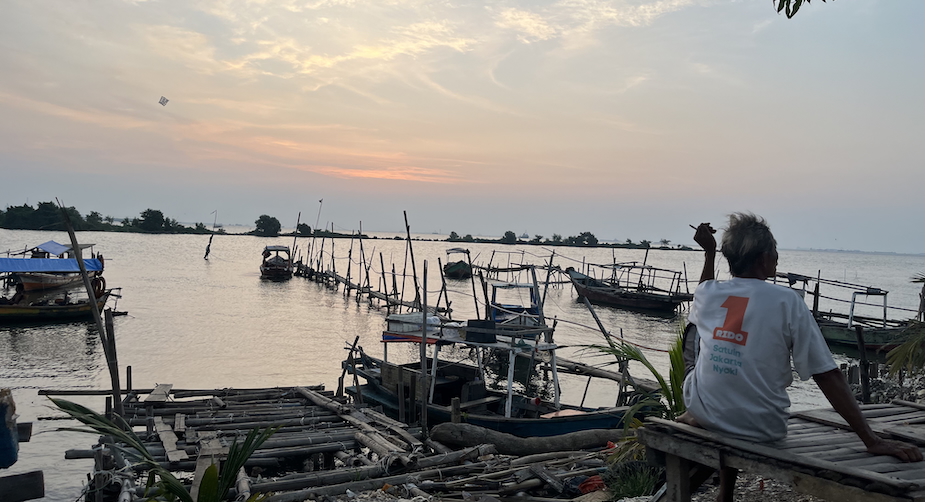Regional autonomy (Law 22/1999)
| New | No change |
|
Territorial units Regencies (kabupaten) and municipalities will be autonomous regions that are not part of the central government regional administrative hierarchic structure. Districts (kecamatan), subdistricts and villages are included in the regency and municipality administrative structure. Regency/ municipality offices of central government organisations are abolished or transferred to the regency/ municipality. Break-up of functionsCentral government and provinces have certain functions reserved for them. Regencies and municipalities can assume responsibility for anything not explicitly allocated to the central or provincial governments. They must assume responsibility for functions in 11 listed sectors. ResourcesTransfer of appropriate resources (infrastructure and facilities, personnel and funding) is specified as part of these decentralised functions. Guidance and supervisionCentral government guidance has been liberalised. Regional Autonomy Advisory BoardWill provide advice to the president concerning regional autonomy.
|
Territorial units Provinces remain as both autonomous regions and part of the central government regional administrative structure. Regional elected assembliesTheir roles, procedures, powers, functions and rights are substantially unchanged. Role of most existing institutionsDPRD secretariat, regional head, regional apparatus, regional regulations, regional civil service, regional finance (see Law 25 below), regional cooperation and settlement of disputes, village government - these all retain their familiar form.
|
Money matters (Law 25/1999)
| New | No change |
|
Regional revenue All central government subsidies to the regions are replaced by 'Balance Funds' that include a greater percentage share of building and land taxes, and that now give the regions a set percentage of natural resources, oil and gas revenue produced in the region. Regional autonomy balance councilWill allocate general and special allocation funds.
|
Internal regional revenue
Other sources of internal revenue remain unchanged and consist of regional taxes and levies, regional enterprise profits, miscellaneous internal revenue, and regional loans (little use has been made of this latter source to date).
|
Problems
Both laws require considerable supplementary legislation before they can be implemented. The previous regional government law (Law 5/ 1974) was never implemented fully because the required regulations were either never passed or were inconsistent with the decentralisation law. As it is, Law 25, which is really a supplementary law to Law 22, is in fact inconsistent with it in some instances.











